10 Most Popular Dog Breeds in China (2024 Update)
Updated on
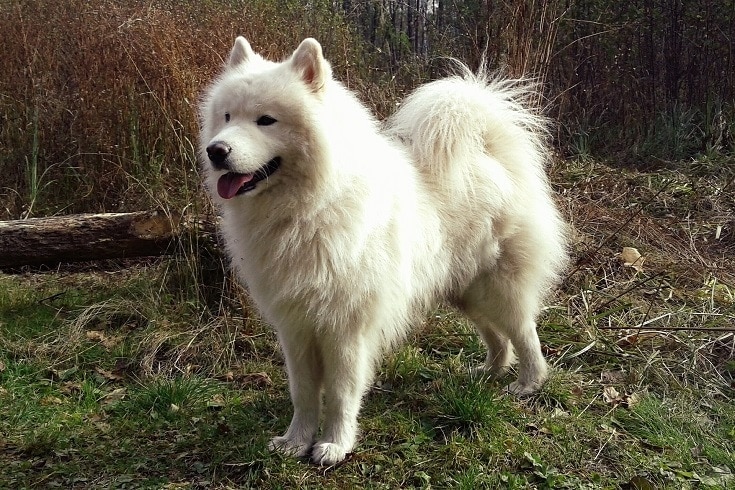
Dog ownership in China is a bit of a tough subject. For the most part, it is not easy or even legal to own dogs in China. For instance, it is illegal to take your pet outside in China without the proper license, which is difficult to get.1 There are also lots of other pet rules in China, making it increasingly difficult to even own a dog.
Many dog breeds are banned in certain areas or simply not allowed in the country at all. In many cases, only toy dogs are allowed. Plus, those with “aggressive” temperaments are also banned, and some areas even have size limitations.
Dog ownership is usually only available to the upper class or foreigners, who are exempt from the dog ownership law.
The 10 Most Popular Dog Breeds in China
1. Siberian Husky
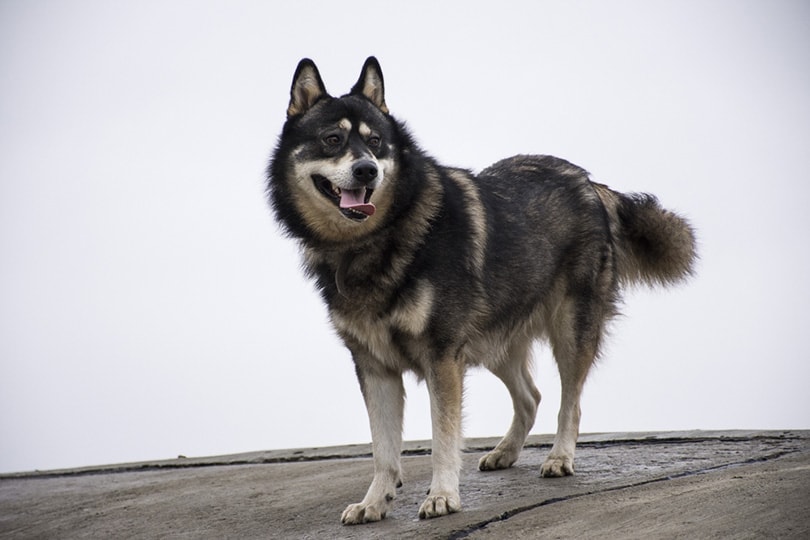
Based on a survey done in September 2021, most dog owners in China preferred the Siberian Husky. In fact, this dog ranks at 16% of all dogs owned. This is quite surprising, as these dogs are large and likely not allowed in many areas. However, this survey did include foreigners, which are exempt from Chinese dog laws. Therefore, many Siberian Huskies may be owned by foreigners currently living in China—not by actual Chinese people.
This fluffy dog is well-known throughout most of the world. While they were originally designed for sled pulling, they are also great companions with a lot of big personality traits. However, they can be a handful and are quite stubborn. Therefore, they aren’t necessarily the best option for all dog owners out there and it is recommended that you at least have some experience with owning dogs before you take on this breed.
2. Chinese Field Dog
This small dog is native to China, which is likely one reason why it is so popular. It is also referred to as the Tugou, which literally means “native dog.” However, there are other native Chinese dogs, so this term is a bit confusing.
These dogs are an extremely old breed and are thought to have evolved directly from wolves thousands of years ago. They were likely domesticated in Han, China, which then led to them being widely distributed around the country. These dogs are rarely seen outside of China, though. Plus, they are also too large to be owned in many Chinese areas today.
They usually stand at around 45–50 cm (17–20 inches). However, laws often require dogs to be smaller than 30 cm.
3. Toy Poodle

The Toy Poodle is one of the more popular dogs since it is small enough to obey Chinese laws. These smart dogs are known for being very people-oriented. They need quite a bit of exercise and stimulation, though. They are very active and smart, which often translates into more work for their owners.
If you’re prepared for the work these dogs require, they do make rather good companions. If you’re more active and looking for a smaller dog, the Toy Poodle may be a great choice.
4. Corgi
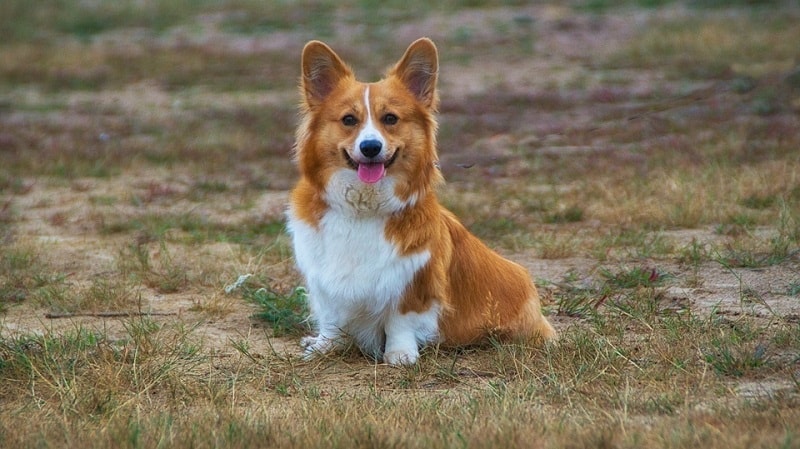
Corgis are also small enough to obey many Chinese laws, so they are quite popular. Even those that live in apartments and smaller areas can own a Corgi. There are actually two main types of Corgis: the Cardigan Welsh Corgi and the Pembroke Welsh Corgi. However, the survey used to determine the popularity of breeds grouped them together. Therefore, we don’t actually know which one is more popular in China.
These small dogs were originally utilized for herding but they have since become increasingly popular companion animals. They are prone to a few different health problems, especially when it comes to their back. Therefore, you should understand the potential for health problems before you purchase one.
5. Shiba Inu
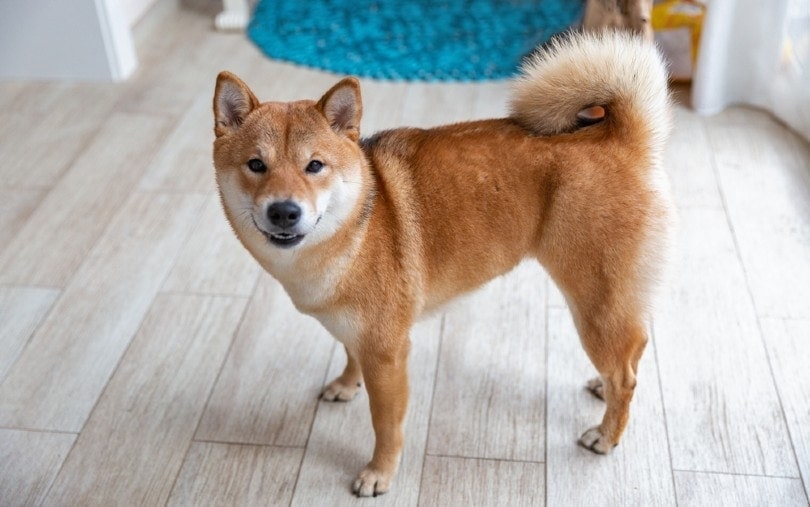
The Shiba Inu is actually smaller than most people believe. Therefore, they are often able to exist legally in China without a huge issue. These small dogs do very well in mountainous terrain and on hiking trails, so they are well-loved by those looking for a hiking companion.
While they are smaller, they are not toy dogs in the least. They actually need quite a bit of exercise and stimulation, as they are very active and smart.
The Shiba Inu is the smallest of spitz breeds and the only one that is very common in China.
6. Labrador Retriever

Labrador Retrievers are too large to be kept in many areas of China. However, they do make up a sizeable amount of the population, though most owners keep them illegally.
These dogs are likely so common in China for the same reasons that they are common in the United States. They are very people-oriented, so they make good companions. However, they do require a great deal of exercise and stimulation, so they are not for everyone.
7. Golden Retriever

Golden Retrievers are fairly similar to Labrador Retrievers and so are also quite popular in China. However, similar problems threaten the Golden Retriever. They are too big to be kept in many areas, though it isn’t odd for citizens of China to keep them anyway. They make up about 8.4% of the dog population in China, which is a sizeable amount.
These dogs are very people-oriented so they are extremely good companions that tend to be very affectionate. They are not lap dogs, though, and require a bit of exercise. Therefore, they can be harder to care for in small areas.
8. Samoyed
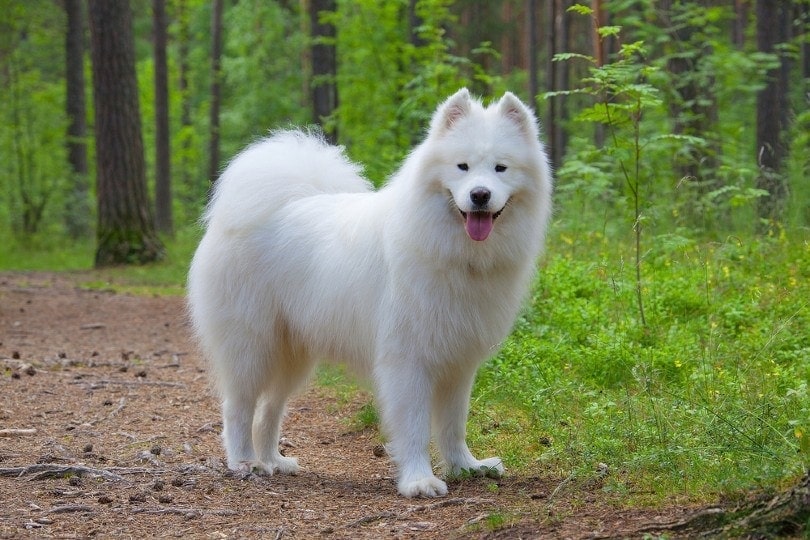
Samoyeds look a bit like Siberian Huskies but they are a fair bit smaller. Therefore, they are popular in China, where people are often only allowed to keep smaller dogs. They also do a bit better in apartments than Siberian Huskies simply due to their smaller size.
They are named after the Samoyedic people of Siberia but have been in China for generations. While they were originally used as herding dogs, they are typically kept as companion animals in China.
9. Pomeranian
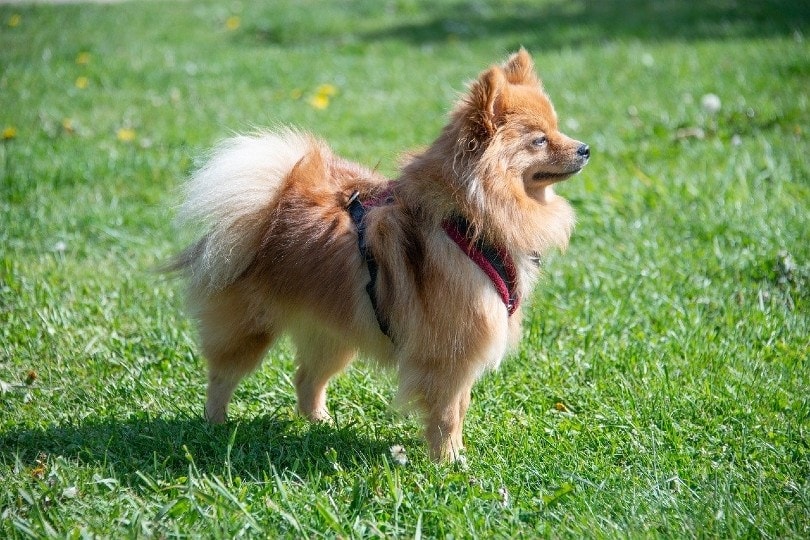
As one of the smallest dogs out there, it only makes sense that the Pomeranian would be pretty popular. These small dogs are extremely fluffy and people-oriented, so it only makes sense that they would be often kept as companion animals.
While these dogs are from Germany and Poland originally, they have been in China for a long time. Their popularity likely increased after the new Chinese laws made it more difficult to own larger breeds.
- Related Read: Black Pomeranian: Info, Pictures, Traits & Facts
10. Alaskan Malamute
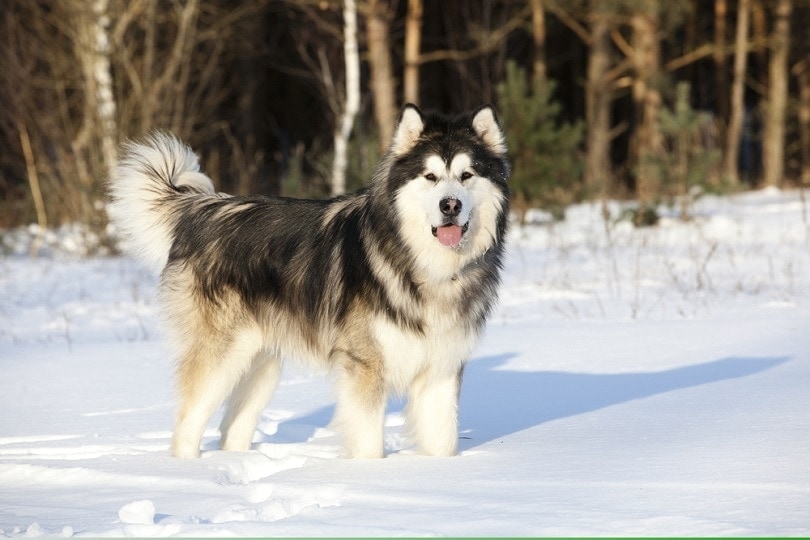
Alaskan Malamutes are extremely large and likely not legal in many parts of China. However, that doesn’t keep some people from keeping them as companions. These dogs were originally bred to pull sleds though those in China typically keep them as companion animals.
They are the tenth most popular dog in China, making up only 3.8% of the dog population.
Conclusion
While owning dogs in China is difficult, that does not keep many people from doing it. Chinese dog ownership has gotten more and more popular over the last decade, which has prompted stricter laws. Many dogs currently owned in China are likely not completely legal, especially the bigger breeds.
About 25% of Chinese households have dogs of some sort. In total, that leads to about 27,400,000 pet dogs. As laws become stricter, dog ownership may decrease in a few years. However, since dog ownership has withstood strict laws thus far, it may also be that dog ownership continues to increase.
We’ll just have to wait and see!
- See also: 14 Most Popular Dog Breeds in California
Featured Image Credit: A-r-e-s, Pixabay














